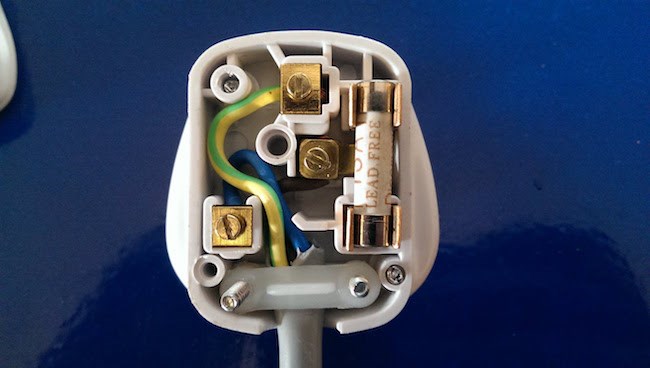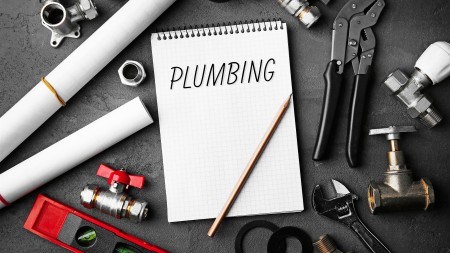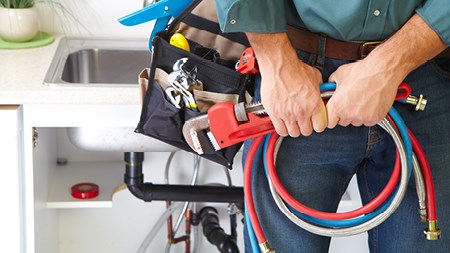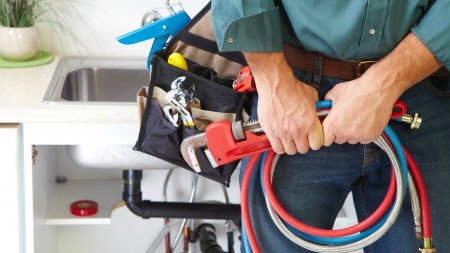Professional home maintenance can come with a hefty price tag, which is why it pays to master a few handy DIY skills yourself.
Here are 6 basic skills every homeowner should be equipped to deal with:
1. How to fix a running toilet
Fixing a running toilet is a lot easier than you think - even for someone with no plumbing experience. If your toilet "runs" and constantly goes through a fill cycle when you haven't flushed, then it probably has a leaking flapper (the "stopper" that keeps water in the toilet tank). Here’s how you can easily fix it:
Remove the toilet tank top and determine which style of flapper your toilet uses.
Head to your local hardware store to find the correct replacement.
Shut off the water when you are ready to install the new flapper - this can either be done using the valve behind the toilet bowl or by switching off your meter completely.
Remove the old flapper and simply install the new one.
If your toilet partially fills on a regular basis, then it may be a flush valve issue. In this instance, there are available replacement kits that can be purchased, which have all the required installation instructions attached.
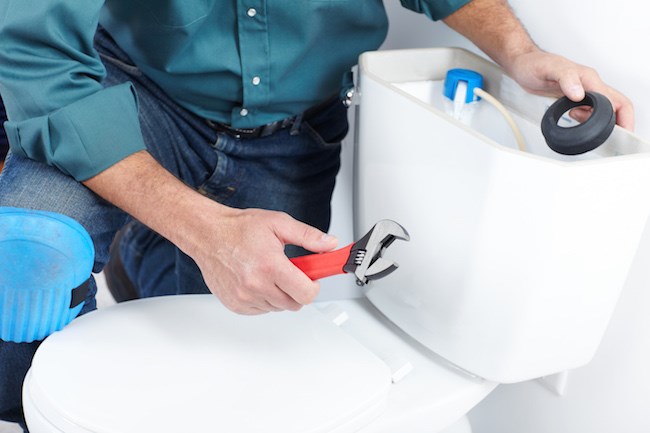
2. Unclogging a drain
Backed up sinks or showers are unpleasant and can occur all too often. Here’s how to tackle a common household clog:
The use of a chemical drain cleaner or a plunger can often do the trick if the drain clog is minor.
You can also remove the stopper and use a metal hanger or small hook to fish out the unwanted hair or debris that is clogging the drain.
If the blockage is slightly lower down the pipe, then a drain snake in your arsenal of tools may come in handy. This can be purchased from any hardware store and is used to push through the debris that is obstructing the drain path.
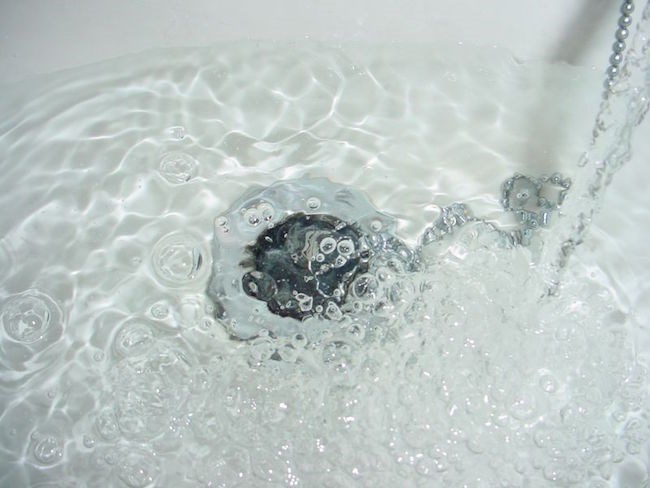
3. Cleaning the gutters
Cleaning your outside gutters around the house is essential, especially if your home is surrounded by leafy trees and overhanging branches. Gutters should be cleaned at least twice a year to prevent clogging and water overflow, which are two things that could put your roof at risk. It doesn’t require a lot of time and effort – you just have to remember to clean them:
Change into appropriate attire by putting on some gloves, goggles and a mask, if necessary.
Grab a ladder and a reasonably sized garden shovel to clear away the accumulated dirt.
Complete the clean-up with a high-pressure water rinse with your garden hose pipe.

4. Installing new locks
A lock change is essential for any new homeowner to ensure maximum security. But even if you haven’t just moved in, locks can seize or break at any point, which is why you should have the skills to deal with them. Installation specifics can differ depending on the kind of lock you’re dealing with, so do your research first before beginning the process.
Here’s how you can easily change a door lock:
On the inside of the door, remove the two long bolts holding the front and back of the lock together.
The remove the front and back of the lock.
On the edge of the door, remove the screws holding the latch in place, and pull the latch out.
To replace, just add the new hardware purchased in reverse order.
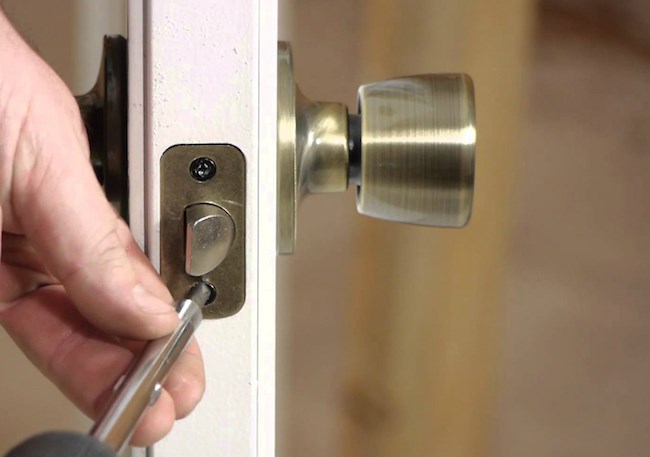
5. Repairing a burst pipe
A burst pipe can send most homeowners into a panic, but if you have the necessary tools, it’s a household hack you can easily fix yourself. Purchasing a “compression repair coupling” from any local hardware store will have you ready to get started:
Turn off the water and drain the piping.
Then cut either side of the break with a mini pipe cutter or hacksaw.
Next, slide the nuts from the compression repair coupling on to the cut ends.
Then slide the two ends on to the body of the coupling.
- Tighten the nuts with a spanner.
- Finally, check for leaks, and if necessary, tighten the coupling further.
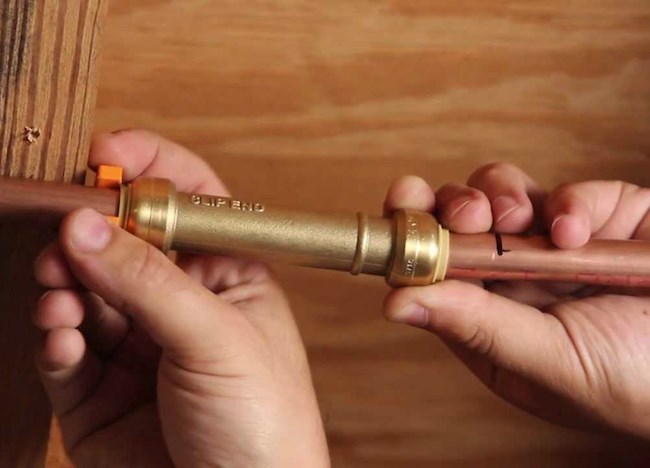
6. Rewiring a Plug
Most homeowners tend to throw out non-working appliances, but it’s important to see if the plug on the appliance is broken or if you can give it a new lease of life. If the plug needs to be replaced, a new one can be fitted as follows:
- Remove the plug cover.
Note the colour coding for the wires: blue is for neutral, brown is for live, and yellow is for earth.
Unscrew the wires and fix them in the new plug, according to the colour code.
Add a new fuse if necessary.
Finally, screw the plug back together.
